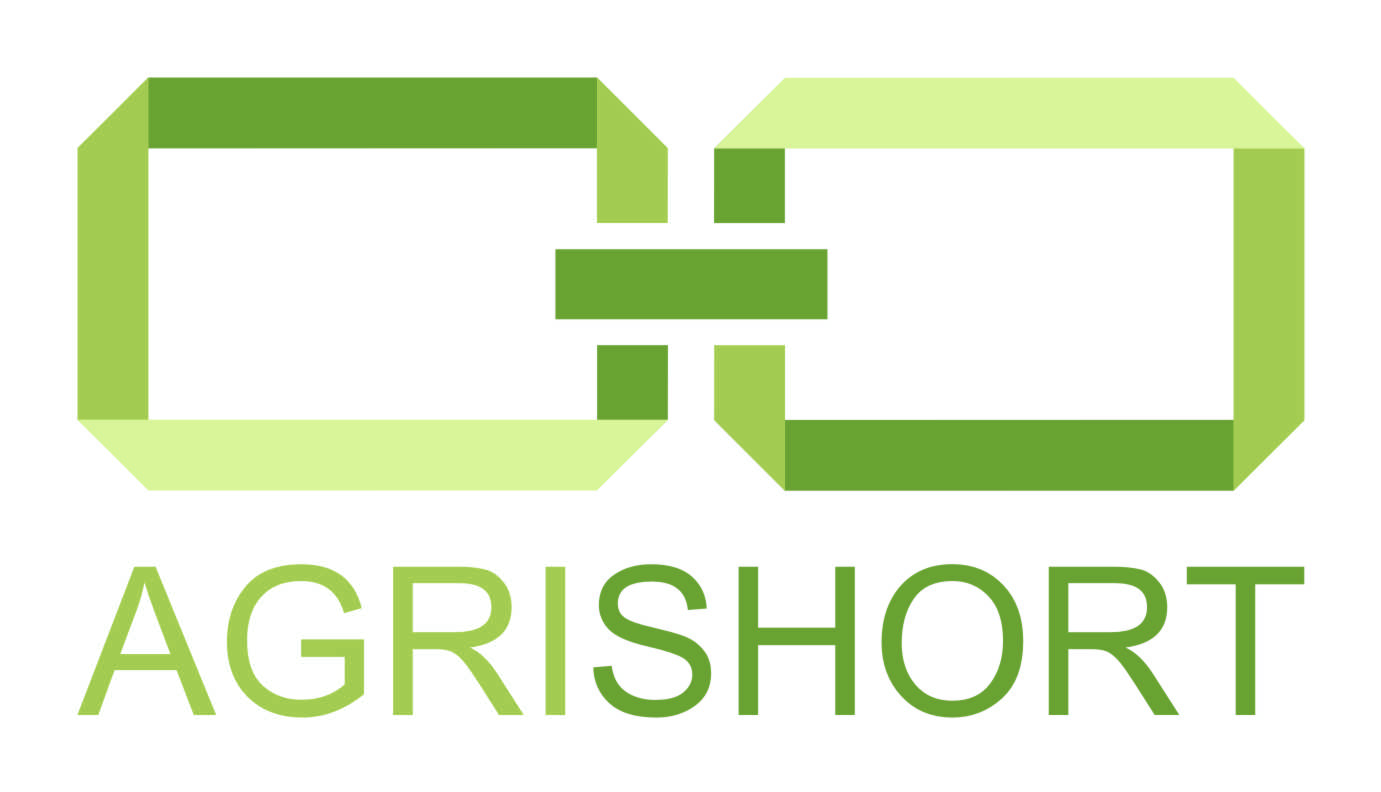About the project
- Project title: Establishing short food supply chains and competitive agricultural sector in the cross-border region through institutional cooperation
- Acronym: AgriShort
- Aim of the project: Project AgriShort aims to strengthen the capacity of institutions and encourage them to actively participate in the development of the agricultural sector by introducing models of short food supply chains in cross border area of Hungary and Croatia.
- Lead Beneficiary: Regionalna razvojna agencija Međimurje / Regional Development Agency Međimurje (REDEA)
- Beneficiary (1): PORA Razvojna agencija Podravine i Prigorja za promicanje i provedbu razvojnih aktivnosti u Koprivničko-križevačkoj županiji / PORA Regional Development Agency of Koprivnica Križevci County (PORA)
- Beneficiary (2): Zala Termálvölgye Egyesület / Thermal Valley of Zala Association (LAG)
- Beneficiary (3): Balatoni Integrációs Közhasznú Nonprofit Kft. / Lake Balaton Development Coordination Agency (LBDCA)
- The total value of the project: 206.727,03 EUR
- EU contribution: 175.717,97 EUR
- Implementation period: 1 May 2017 – 31 August 2018
- Interreg V-A Hungary-Croatia Co-operation Programme 2014-2020 - http://www.huhr-cbc.com
- Priority Axis 3: Cooperation - Enhancing Institutional Capacity and an Efficient Public Administration
- Area of implementation: Međimurska županija, Koprivničko-križevačka županija, Zala megye, Somogy megye
- The overall objective: To connect representatives of institutions and services that support the process of agricultural development in the cross border area and enable a better transfer of knowledge and skills among all stakeholders.
- The specific objective: To strengthen the capacity of institutions and encourage them to actively participate in the development of the agricultural sector by introducing models of short food supply chains.
- Main target groups:
- National level: institutions and authorities, labour market services
- County level: institutions and authorities
- Local level: population, government representatives, civil society organisations
- Planned activities:
- Step 1. – Designing documents: “Current situation analysis in agri- food sector” (LBDCA, PORA)
- Step 2. – Expert meetings (LBDCA, PORA)
- Step 3. – Designing Joint Document: “SFSCs in the cross-border area” (LBDCA, PORA)
- Step 4. – Joint training “Building up regional institutional cooperation” (LBDCA, REDEA)
- Step 5. – Joint training “Development of agri-food sector through short food supply chains” (REDEA, PORA, LAG)
- Step 6. – Guidelines for institutions: “How to establish SFSCs” (all partners)
- Step 7. – Two study trips to Austria (REDEA, PORA)
- Step 8. – Working group training (all partners)
- Step 9. – Identification of potential participants of SFSCs and forming (in)formal associations (all partners)
- Step 10. – Preparation of working plans for SFSCs (all partners)
- Step 11. – Development of visual identity/label for SFSCs (all partners)
- Step 12. – IT system development (2) for HU and HR newly established SFSCs (REDEA, LAG)
- Contribution to the Programme results:
- Number of participants in joint capacity building activities: 350
- Number of project events: 21
- Number of newly elaborated/harmonised documents: 4
- Number of labour market institutions taking part in newly established/developed networks/co-operations: 2
- Number of new methods and forums for knowledge transfer established by the project: 1 website with on-line forum for knowledge transfer
- Number of SFSC’s established thanks to the project within the border region: 4
- The Results of the implemented project:
- New knowledge
- Qualified staff in public institutions
- Exchanges of experience
- Raised awareness of institutions on the importance of cooperation and agriculture production
- Established network of the institution representatives
- Establishment of cooperation models (SFSCs)
- Stimulated sustainable economic growth of local communities





